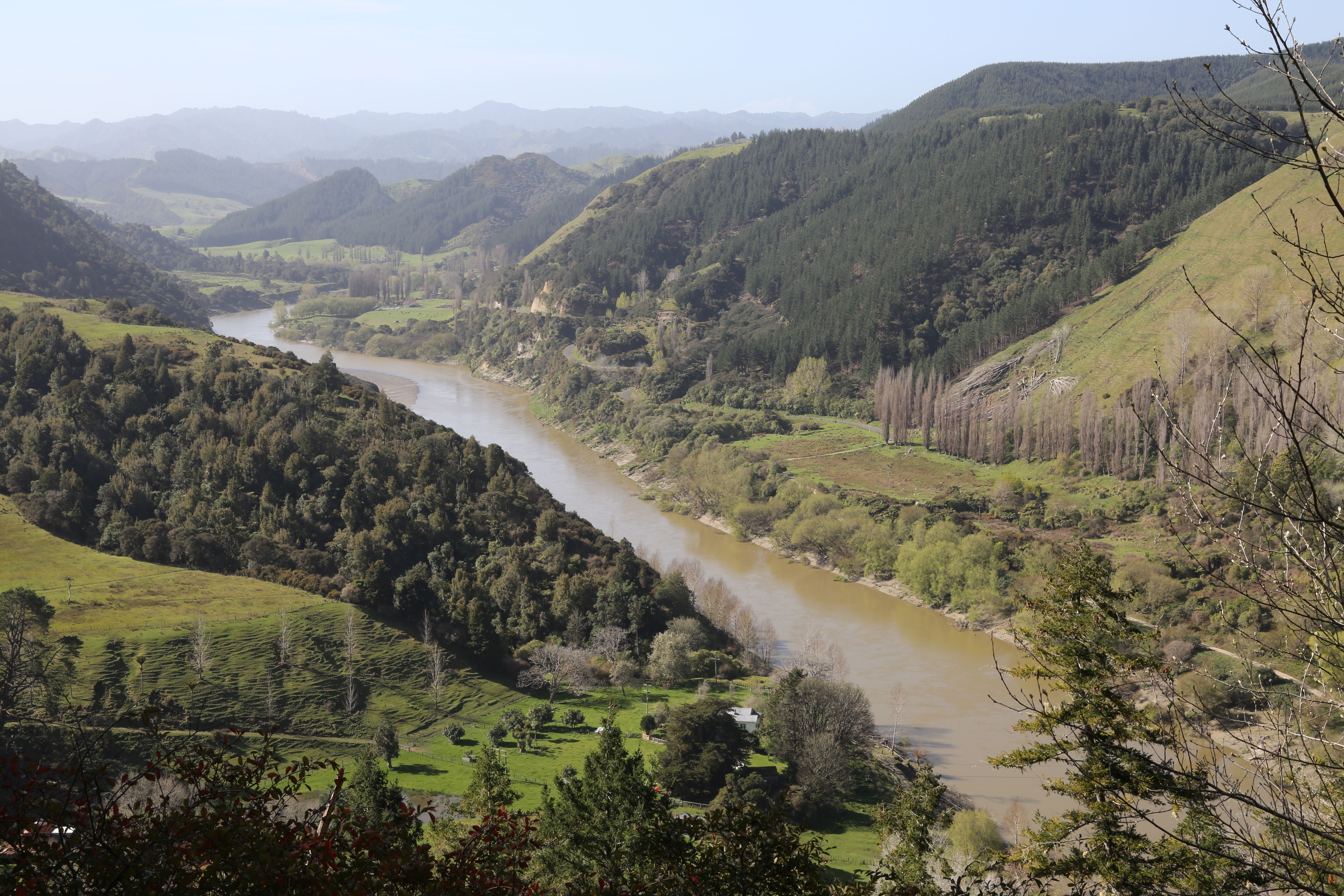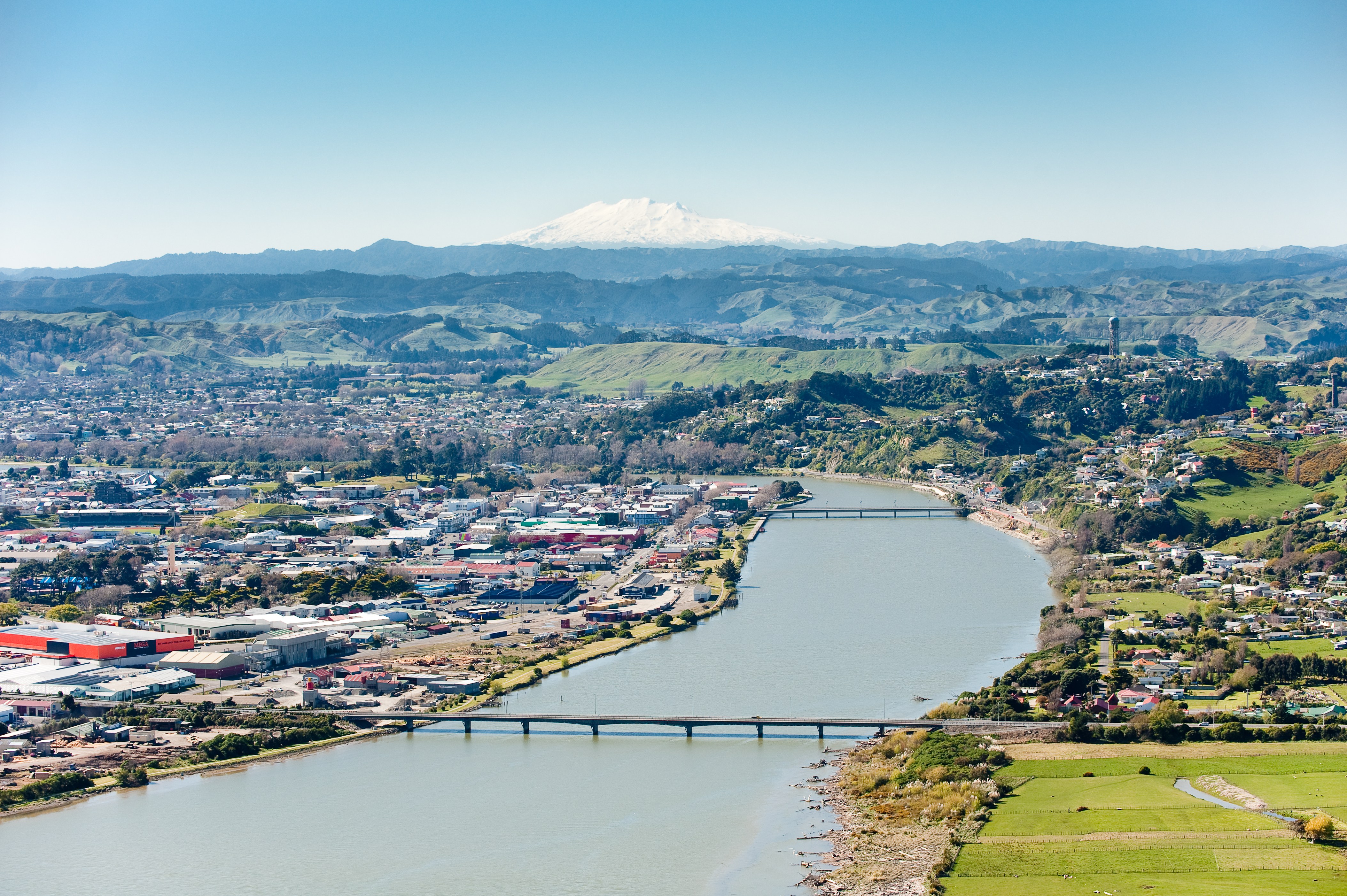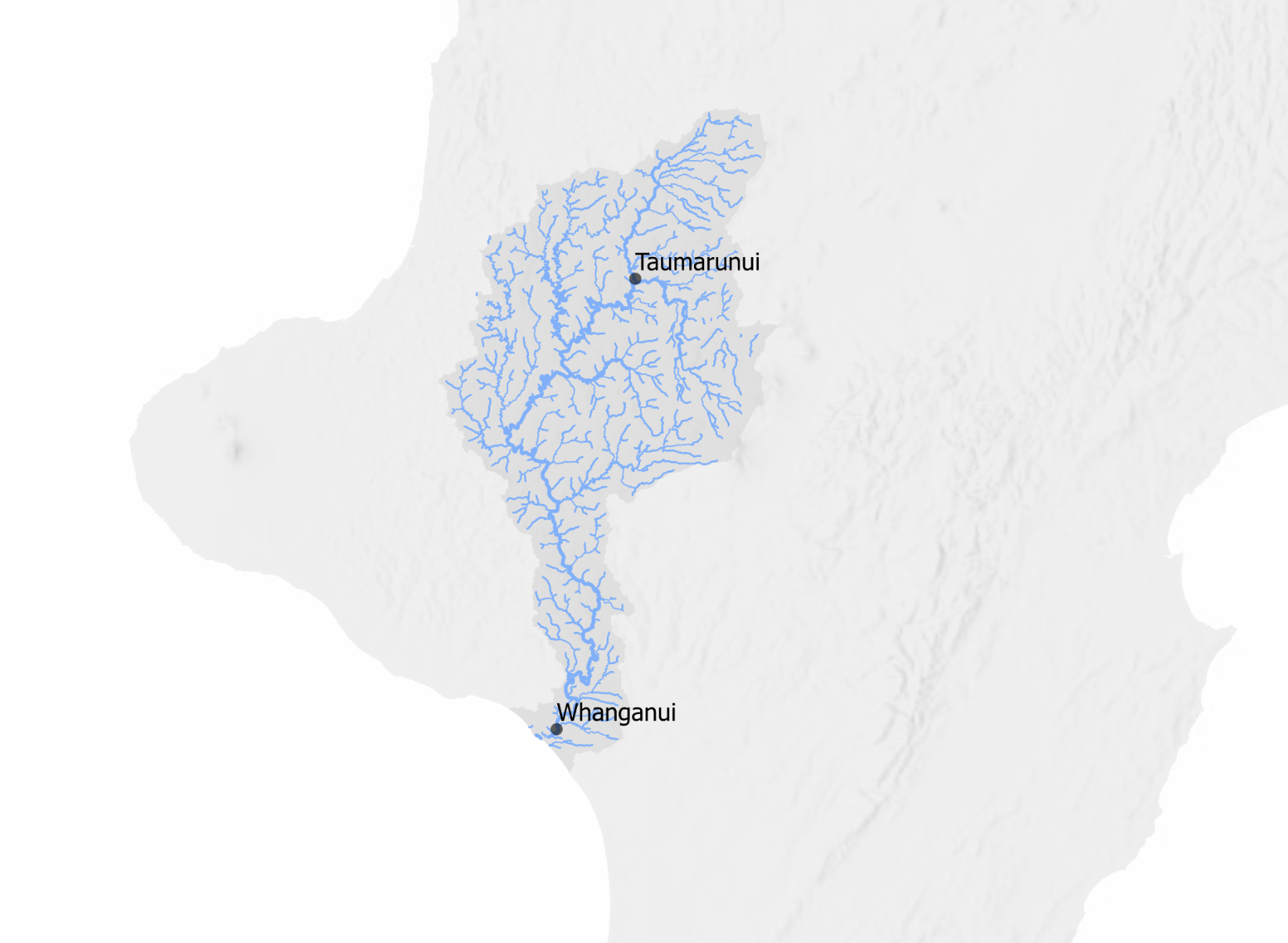This engagement has now officially closed. However, we still welcome feedback on the draft vision via our feedback form at any time.
Horizons must set long-term visions for freshwater for each of our Freshwater Management Units (FMUs), or catchments within an FMU. These visions must contain goals that are 'ambitious but reasonable' meaning they may be difficult to achieve but not impossible.
We’ve chosen to set visions at an FMU level because it means we can consider how the water that falls at the top of a mountain or range is impacted as it flows down through to the sea. It provides the opportunity to look at the individual pressures on each FMU and create visions reflective of this.
In 2022, we engaged on visions for all FMU’s bar Whanganui. The Whanganui FMU was not included in the consultation at that time because we sought to coordinate engagement with the development of the whole of river strategy, Te Heke Ngahuru, provided for by Te Awa Tupua (Whanganui River Claims Settlement) Act 2017. We are now getting underway with the engagement on visions for the Whanganui FMU.
A Freshwater Management Unit can be a water body (including rivers, lakes, streams, aquifers and wetlands), multiple water bodies, or any part of a water body determined to be the appropriate scale for managing freshwater. In the Horizons Region, they're based around river catchments.
Whanganui FMU engagement
We have a draft vision that we believe is a good starting point for this FMU. Click the + symbol to see the draft.
The waterbodies of Te Awa Tupua, the Whanganui catchment and Kaitoke Lake water management zone are restored to a state of wellbeing and healthy resilience by 2055, to the fullest extent possible, for the benefit of current and future generations.
From Te Heke Ngahuru (strategy for the awa) draft:
'A river of sustenance and well-being in perpetuity.'
Goals:
1. Management of the Whanganui FMU recognises and provides for the Te Awa Tupua status and Tupua te Kawa*.
2. The outstanding wild and scenic characteristics, outstanding wildlife habitat for whio and outstanding recreational fishery of the Manganui-o-te-Ao River are protected (National Water Conservation (Manganuioteao River) Order 1989).
3. The habitats of indigenous species are protected and restored, and indigenous species can migrate naturally within the Freshwater Management Unit (FMU).
4. The diversity of fish species is representative of what is naturally expected in that place. The abundance is sufficient to support resilient populations.
5. Water allocation is managed in a manner that is efficient, responsive to climate change and that supports the existence of surrounding waterways and wetland ecosystems.
6. Waterbodies are accessible and water quality is suitable for a range of customary and recreational purposes such as gathering and processing kai, swimming, waka ama, boating and healing.
7. The ongoing relationship and connection of mana whenua to waterbodies, wai tapu, tauranga waka and other traditional sites associated with wai is provided for.
8. Waterbodies provide a range and abundance of accessible food resources which enable continued and improved mahinga kai practices.
9. Where the habitats of threatened species aren't adversely affected, the habitat of trout is protected and maintained.
10. Sustainable land and water practices maintain the national contribution of hydro-electric generation schemes.
*Te Awa Tuapua status and Tupua te Kawa have the same meaning as in section 7 of the Te Awa Tupua (Whanganui River Claims Settlement) Act 2017
Through a survey, we’d like to know if communities in the FMU agree or disagree with anything in the draft vision, and whether anything is missing or needs changing.
Visions must be based on an understanding of the history and environmental pressures on the FMU, so please see this story map to help understand what pressures the Whanganui FMU is facing so your vision can reflect this.
The engagement survey was open until Sunday 9 July 5pm. We are also engaging directly with iwi and hapū on their visions for the FMU.




